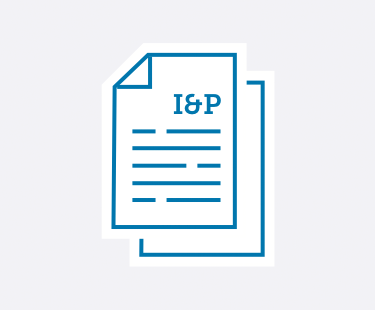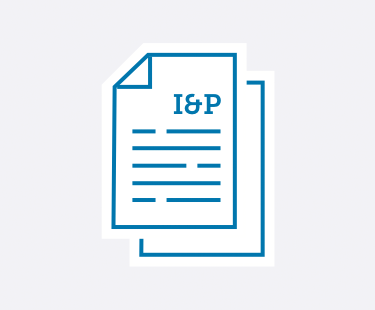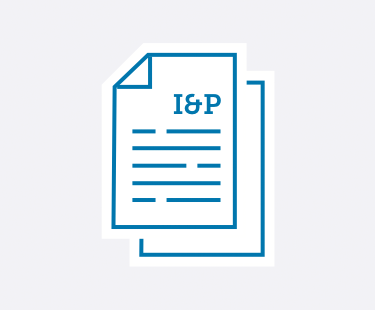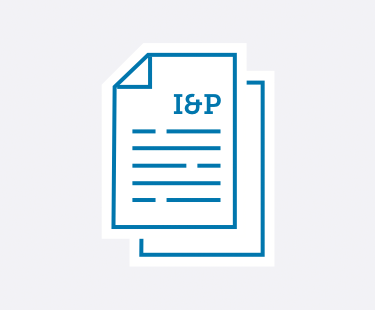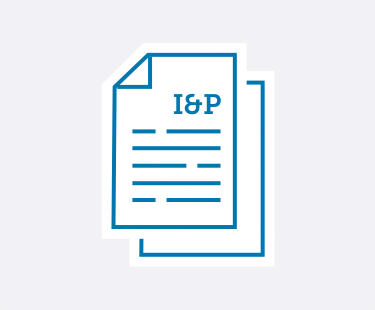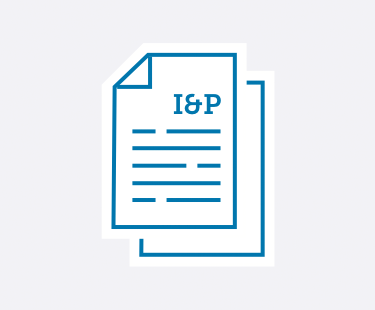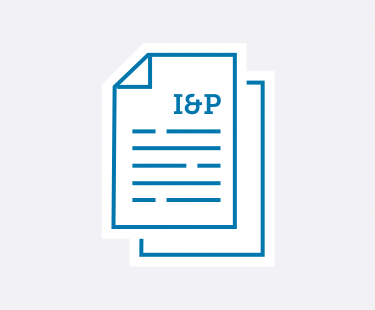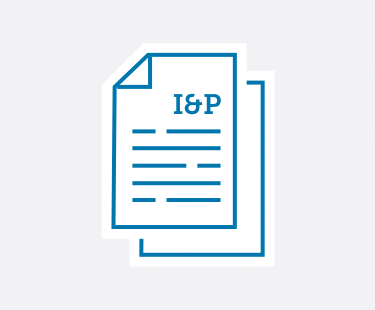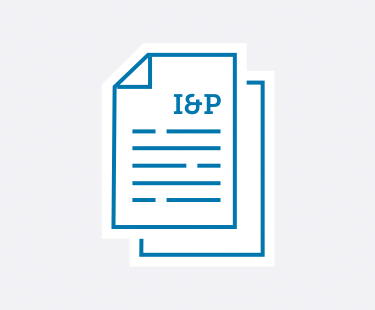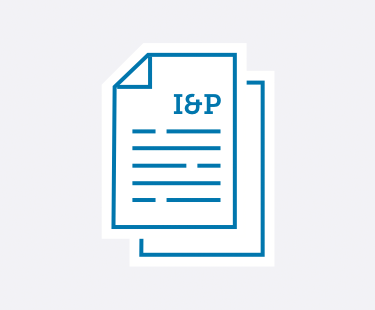

Learn practical strategies to handle emerging trends and leadership challenges in private schools.
No matter if you’re a School Head, Admission Director, Development Director, Board member, or any other private school administrator—Ideas & Perspectives®, ISM’s premier private school publication, has strategic solutions for the pervasive problems you face.
- Tuition not keeping pace with your expenses? In I&P, explore how to use strategic financial planning to create your budget and appropriately adjust your tuition.
- Enrollment dropping off? Discover how to implement the right admission and enrollment management strategies that engage your community—and fill your classrooms.
- Trouble retaining teachers? Learn how you can best support your teachers using ISM’s Comprehensive Faculty Development framework. Your faculty members will become more enthusiastic about their roles—which ultimately improves student outcomes.
- Fundraising campaigns not as successful as you’d hoped? Implement ISM’s practical advice and guidance to build a thriving annual fund, construct an effective capital campaign, and secure major donors—no matter your community size or location.
- Not sure how to provide professional development—for you and your staff? Learn ways to develop and fund a successful professional development strategy. You can improve teacher-centered satisfaction and growth, which in turn strengthens student-centered learning.
- Problematic schedule? You can master the challenges of scheduling with the help of ISM’s practical advice, based on our experience with hundreds of schools and our time-tested theories.
- And so much more.
I&P has shared targeted research, up-to-date insight, and sound theory with school leaders since 1975. More than 8,500 private school decision-makers find the answers to their schools’ administrative and governance matters in our advisory letter. We give you the strategic answers you need.
As an ISM Silver or Gold member, you not only receive issues online and in print 10 times a year, but you have access to 900+ articles in our web archive. Need help? It’s at your fingertips! Learn more and sign up for ISM's membership here.
Search
See the articles from our latest issue of Ideas & Perspectives.
The Head Support and Evaluation Committee: Five Steps to Get Started
Volume 44 No. 2 // February 11, 2019
You, as School Head, have a vested interest in a Head Support and Evaluation Committee (HSEC) functioning at a consistently high level, year after year. ISM's two major premises underlying this strategically crucial committee are these.
1. Already a member? Click here to login.
2. Not a member? Click here to become a member.
3. Not sure? We'll help you figure it out.
The Third Stage of the Donor Cycle: Evaluate
Volume 44 No. 2 // February 11, 2019
Your goal in the Evaluate stage of the Donor Cycle (see the accompanying graphic) is to develop a deeper understanding of your prospects-their ability to give, their commitment, and their track record of giving. You'll achieve this goal by determining the answers to three essential questions for each individual. What is this person's passion? What would it take for this person to make a gift to this campaign? What would it take for this person to make a significant gift?
1. Already a member? Click here to login.
2. Not a member? Click here to become a member.
3. Not sure? We'll help you figure it out.
Employment Applications: An Essential Part of the Hiring Process
Volume 44 No. 2 // February 11, 2019
Private-independent schools often shy away from using employment applications (whether online or on paper) in their faculty hiring process. They assume (or fear) that prospective teachers see it as unnecessarily bureaucratic and beneath their dignity as professionals. Administrators believe that an application is just the same as a résumé and see no point in duplicating the effort. However, applications provide definite protections for the school that résumés do not, making them an important part of a safe and effective hiring process.
1. Already a member? Click here to login.
2. Not a member? Click here to become a member.
3. Not sure? We'll help you figure it out.
The ISM Circle: Creating Your School’s Ideal Administrative Structure
Volume 44 No. 1 // January 22, 2019
The Circle graphically links private-independent school structure to private-independent school function, allowing Leadership Teams to evaluate their current management structure, for its goodness-of-fit, to their school’s current array of functions. This, in turn, allows a more precise approach...
1. Already a member? Click here to login.
2. Not a member? Click here to become a member.
3. Not sure? We'll help you figure it out.
Stability Marker No. 6: Enrollment Demand
Volume 43 No. 16 // December 17, 2018
It is important to understand there is something markedly different between “difference makers” and the merely “good.” The ISM Stability Markers® have been adjusted through the iterations to establish metrics and priorities beyond “nice to have.” The markers are criteria that schools shoul...
1. Already a member? Click here to login.
2. Not a member? Click here to become a member.
3. Not sure? We'll help you figure it out.
Keys to a Successful College Counseling Program
Volume 43 No. 16 // December 17, 2018
Consider the following list of suggestions as you prioritize your college counseling program. If your program is too understaffed to handle these elements, a great deal will be left undone. If this is the case, urge your School Head to hire more staff at the next Board strategic planning and strategic financial planning event.
1. Already a member? Click here to login.
2. Not a member? Click here to become a member.
3. Not sure? We'll help you figure it out.
Design an Interactive Open House to Drive Enrollment
Volume 43 No. 16 // December 17, 2018
As Admission Director, you know much rides on the success of your annual open house event(s). While many schools experience great results at their open houses, many Admission Directors believe their results could and should be better. Some have abandoned traditional open house events, beli...
1. Already a member? Click here to login.
2. Not a member? Click here to become a member.
3. Not sure? We'll help you figure it out.
Enrollment Decline That Threatens Your School’s Viability
Volume 43 No. 15 // November 26, 2018
If you, the School Head, discover your school is in a viability-threatening rate of enrollment decline, your need to be strategic is most keen. Perhaps your front-line strategy is to take a “wait-and-see” approach and hope that your school can open the school year with the number of students articulated in your budget. Do everything you can to drive those enrollment outcomes.
1. Already a member? Click here to login.
2. Not a member? Click here to become a member.
3. Not sure? We'll help you figure it out.
Should You Look to Nonprofits for New Board Members?
Volume 43 No. 15 // November 26, 2018
As you, Board President or Committee on Trustees Chair, research the choices available in your area, evaluate both the nonprofit organization and the individual. Always keep the Board profile in mind as you evaluate candidates. In your search for recruits, you may find an experienced power...
1. Already a member? Click here to login.
2. Not a member? Click here to become a member.
3. Not sure? We'll help you figure it out.
Teaching Teachers About Your School: Institutional Support
Volume 43 No. 15 // November 26, 2018
You know you have a highly educated faculty, but are they highly informed as well? An important part of your job as School Head is to systematically inform teachers about the school. When it comes to the "institutional support" aspects, can they speak as confidently about the school's strategic plan as they do about their lesson plans? Do they understand the basics of governance, advancement, finance, and facilities? You address these topics continuously with the Board and Leadership Team, yet they may seem light-years away to a teacher immersed in second grade math or high school AP calculus.
1. Already a member? Click here to login.
2. Not a member? Click here to become a member.
3. Not sure? We'll help you figure it out.


